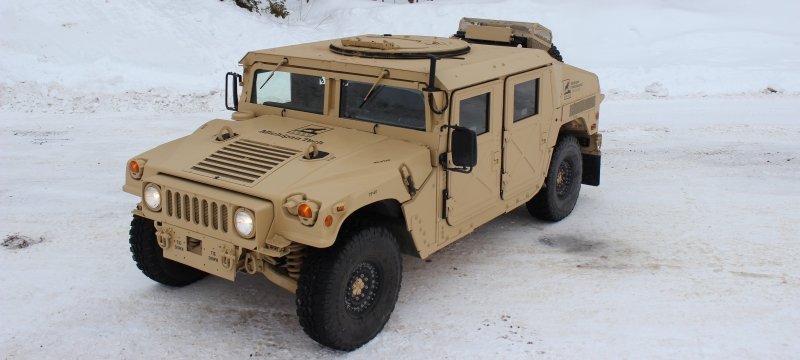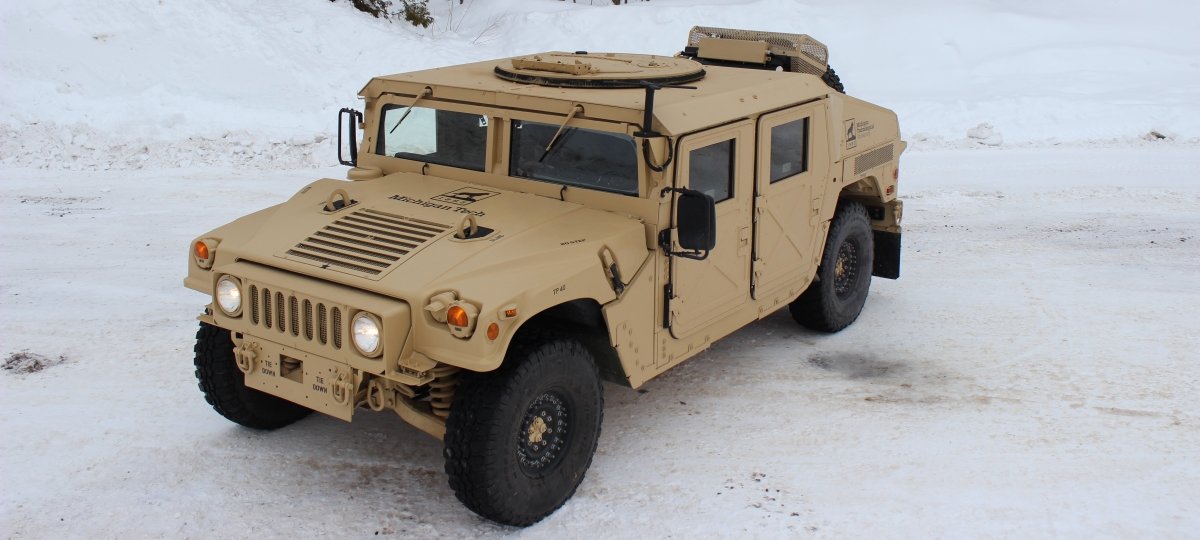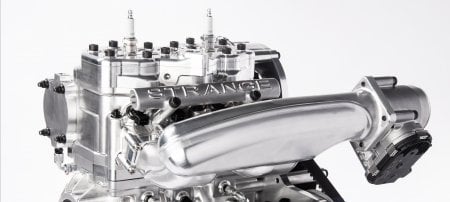A team of engineers led by Michigan Tech’s Advanced Power Systems Research Laboratories (APS Labs) delivered a new tactical hybrid electric High-Mobility Multipurpose Wheeled Vehicle (HMMWV) to the U.S. Army’s Rapid Capabilities and Critical Technologies Office (RCCTO).
Michigan Tech, along with industry partner Pilot Systems International, designed and constructed the prototype technology demonstrator vehicle before conducting internal testing and evaluation. The vehicle was then officially delivered to the RCCTO, who will test and demonstrate the vehicle’s capabilities.
The HMMWV is the Army’s light-wheeled vehicle for combat support and combat service support missions. Introduced in the 1980s, there are over 100,000 currently in service. HMMWVs are expected to remain in the military until at least 2050.
Electric propulsion technologies, including energy storage systems, have matured and advanced in automobiles, commercial vehicles, and off-road applications, and are ready for integration into military vehicles. However, the designs need to be tailored to the military’s unique operational service and support requirements.
The MTU/Pilot team developed a hybrid electric solution for the HMMWV focused on enhancing its operational capabilities and effectiveness on the battlefield. This series hybrid architecture has retained many stock components of a base HMMWV while maximizing the use of military and commercial off-the-shelf hardware. APS Labs’ test results demonstrated the hybrid electric HMMWV meets or exceeds the performance of a base HMMWV and adds additional functionalities, including extended silent watch, silent mobility, and exportable power to support combat reconnaissance scenarios and overall operational efficacy. The design focused on redundancy, reliability, soldier safety, and high-efficiency power generation.
The goals of this project were to demonstrate feasibility and vehicle performance improvements to support future systems and extend the effectiveness of the HMMWV well into the future. Most importantly, the results of this project will provide the Army with critical information needed to inform future designs, performance targets, and investment decisions.
Michigan Technological University is a public research university founded in 1885 in Houghton, Michigan, and is home to more than 7,000 students from 55 countries around the world. Consistently ranked among the best universities in the country for return on investment, Michigan’s flagship technological university offers more than 120 undergraduate and graduate degree programs in science and technology, engineering, computing, forestry, business and economics, health professions, humanities, mathematics, social sciences, and the arts. The rural campus is situated just miles from Lake Superior in Michigan's Upper Peninsula, offering year-round opportunities for outdoor adventure.






Comments